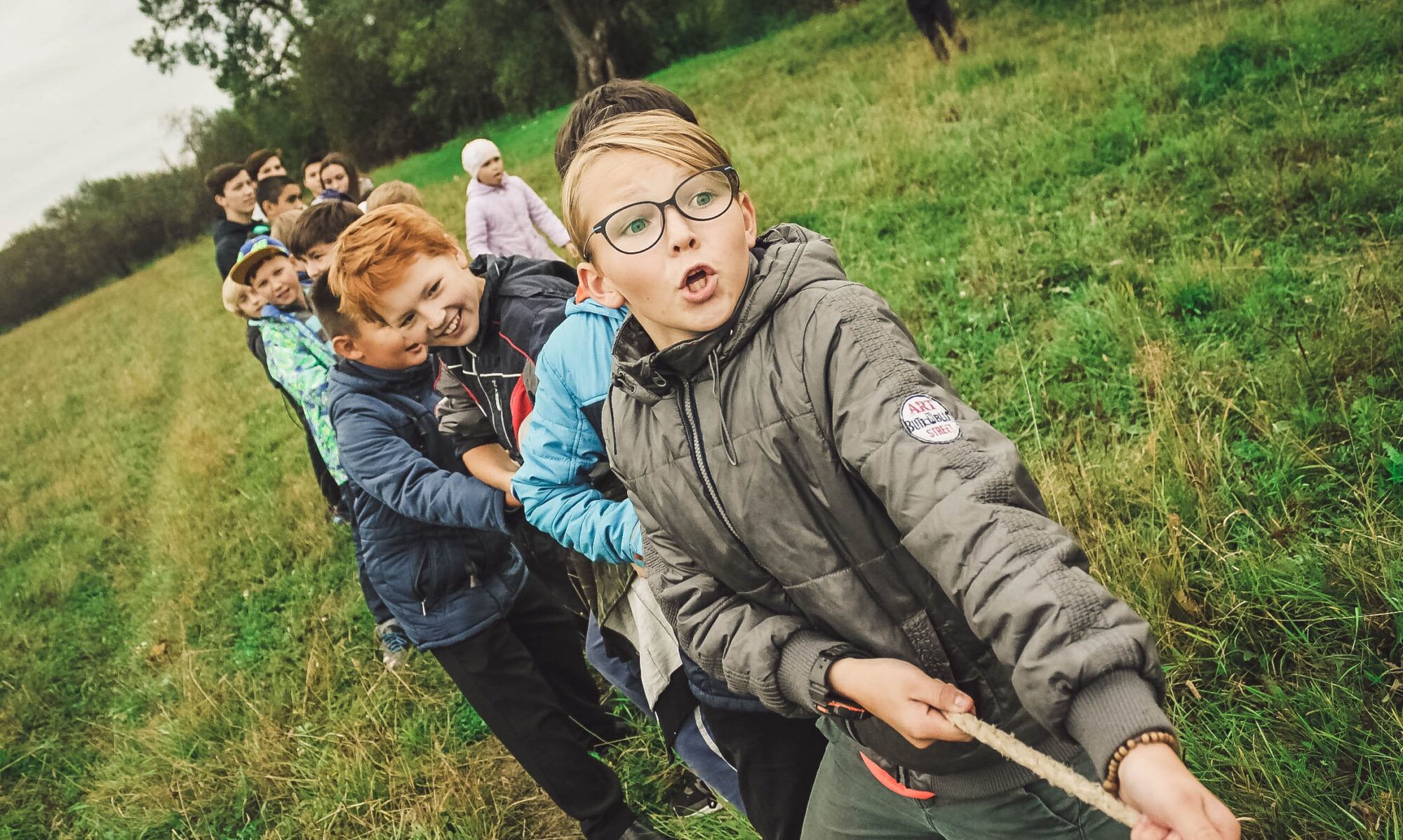If you buy them, kids will code.
![]() This statement was the driving philosophy behind our purchase of a class set of Sphero programmable robots to coincide with our school’s participation in the International Hour Of Code Day this year. During our introductory assemblies for the Hour Of Code, one Sphero was demonstrated as a teaser of what could be done with code. Then, they went into storage for a bit while we pondered how to introduce them in a class setting.
This statement was the driving philosophy behind our purchase of a class set of Sphero programmable robots to coincide with our school’s participation in the International Hour Of Code Day this year. During our introductory assemblies for the Hour Of Code, one Sphero was demonstrated as a teaser of what could be done with code. Then, they went into storage for a bit while we pondered how to introduce them in a class setting.
Questions we wrestled with included:
- which iPads to use (upper-grades have 5 iPads per grade-level and 1-1 Chromebooks);
- how to roll them out;
- do we emphasize the coding or the obvious physics connections;
- how do we train teachers to integrate them into their lessons;
- and how do we keep track of everything?
There wasn’t an obvious place to start until we received our robots from the Vermont Robot Rodeo. As a part of this program, our school, St Albans Town Educational Center, received Dash & Dot robots for about 4 weeks. These became one of the options for students in the weekly 6th Grade Technology UA. But with Dash & Dot being only 2 devices shared amongst an entire class, students quickly started clamoring for more.
This was the perfect time to bring the Spheros into the mix.
We had two iPads coding Dash & Dot, and three Spheros using the other iPads. It started out with boys gravitating to Dash and the Spheros while a small group of girls took on the challenge of what Dot could do. The interactivity is not as obvious and it takes more time to realise success with Dot.
While you can “just drive” Dash or the Spheros, Dot isn’t mobile on its own.
Once you start writing code for the robots, instead of just driving them, their abilities increase.
The girls watched a few YouTube videos about Dot and then decided to code it to play Hot Potato. They grouped our beanbag chairs into a circle and played each week at the end of class, changing the timing and sounds by editing the code.
Once Dash & Dot were returned to the Rodeo, I added additional Spheros to the options at the end of class. But now there were new restrictions: if you were using a Sphero, you needed to code it, just driving it around was no longer an option. During this time, the offerings for “choice time” at the end of class increased to include music and video applications as well as a selection of online tools.
One day while taking pictures of the Spheros, I realised that all of my Sphero coders were girls. The boys were often choosing to code too, but more often than not, it was by creating games in Scratch, rather than with the robots. I can’t say why this happened, but it was wonderful to watch these 6th grade girls rise to each new challenge.
They realized that we were wasting time pairing the Spheros each session, so they decided to label the iPads to pair with specific Spheros and the following week, the pairing process took only seconds.
Their most recent challenge, shown in the video above, included getting from a starting line of masking tape to a finish line, as fast as possible, without going over the end line. While a few of the girls used trial and error, one asked for a meter stick and started doing the math calculations to determine the speed and time necessary to win the race.
There is a wealth of ideas, lesson plans and printable instructions online, but I wonder if the natural progression of trial and error might not have created a more meaningful connection for my students.
What I do know is that I have a group of girls who look forward to coding every week and I can’t wait to see what they do next!

